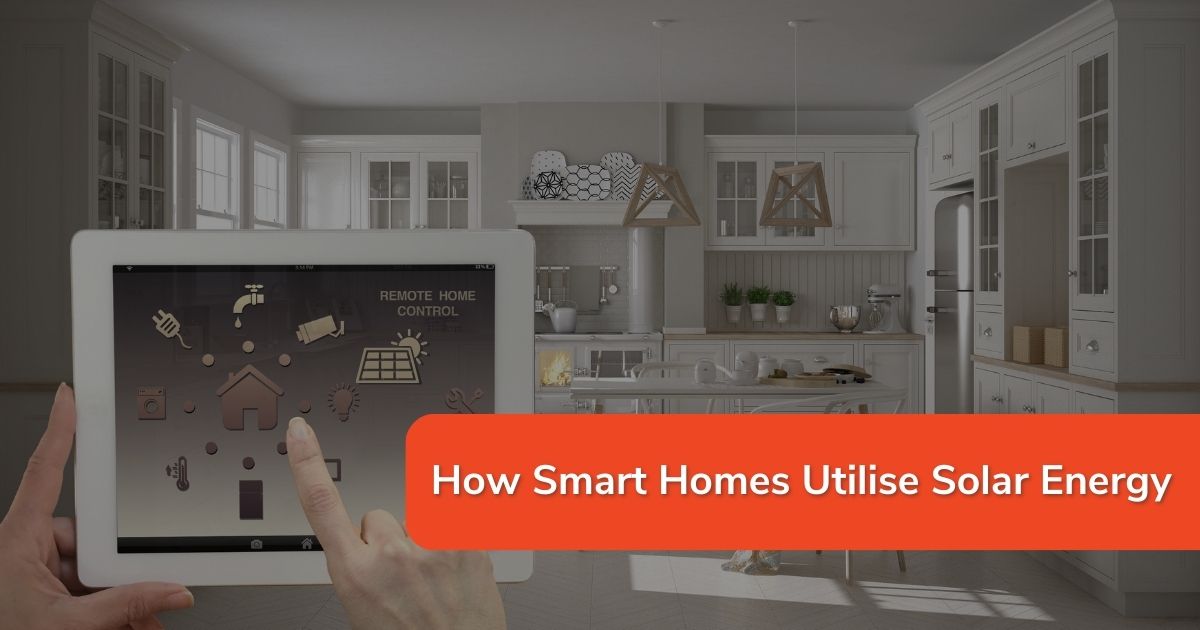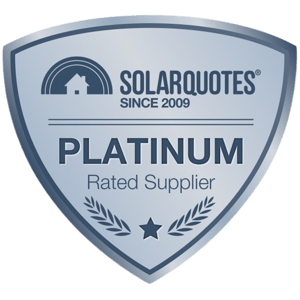How Smart Homes Utilise Solar Energy

Smart homes have become a cornerstone of modern living, offering residents unprecedented control and efficiency in managing their households. In Australia, a country blessed with abundant sunlight, the integration of solar energy into smart homes has emerged as a game-changer. This article explores the various facets of how smart homes in Australia leverage solar power to enhance sustainability and energy efficiency.
The Integration of Solar Energy in Smart Homes
Solar Panels
At the heart of every solar-powered smart home are solar panels, the silent energy harvesters converting sunlight into electricity. Australian homeowners have a variety of solar panel options, ranging from monocrystalline to polycrystalline, each with its unique advantages. Careful consideration of factors such as efficiency and longevity guides the selection process. Equally crucial is the proper placement and orientation of solar panels, optimising exposure to sunlight throughout the day.
Smart Inverters and Energy Storage
To maximise the benefits of solar energy, smart homes employ sophisticated inverters that ensure efficient conversion of direct current (DC) from solar panels to alternating current (AC) for household use. Additionally, energy storage solutions, such as advanced batteries, enable homeowners to store excess solar energy generated during peak sunlight hours for later use. This not only ensures a continuous power supply during periods of low sunlight but also contributes to grid stability.
Smart Home Automation and Solar Energy
Energy-Efficient Appliances
Smart homes seamlessly integrate solar energy into everyday activities through energy-efficient appliances. Smart lighting systems adjust brightness based on natural light levels, reducing overall energy consumption. Similarly, smart thermostats optimise heating and cooling based on solar availability, creating a comfortable living environment while minimising energy wastage.
Home Energy Management Systems
Home Energy Management Systems (HEMS) play a pivotal role in smart homes, acting as the central nervous system that monitors and controls energy consumption. These systems provide real-time data on energy production and usage, allowing homeowners to make informed decisions. Integration with solar production data enables HEMS to prioritise the use of solar-generated electricity, further reducing reliance on the grid.

Advantages of Smart Homes Utilising Solar Energy
Environmental Benefits
The environmental advantages of solar-powered smart homes cannot be overstated. By harnessing the sun's energy, homeowners significantly reduce their carbon footprint, contributing to the fight against climate change. The adoption of solar energy on a large scale has the potential to transform Australia's energy landscape, promoting cleaner and more sustainable living.
Cost Savings
It is essential to highlight the potential cost savings associated with solar-powered smart homes. Though the initial installation costs may seem daunting, long-term benefits outweigh the investment. Homeowners can enjoy reduced electricity bills, and the increased energy efficiency may enhance the property's overall value.
Challenges and Solutions
Initial Installation Costs
One of the primary concerns for homeowners considering solar-powered smart homes is the initial installation cost. However, government incentives and rebates are available to alleviate this financial burden. These incentives aim to encourage sustainable practices, making solar energy more accessible to a broader range of homeowners. Additionally, a thorough long-term cost analysis reveals the economic benefits of investing in solar technology.
Maintenance and Upkeep
Ensuring the longevity and efficiency of solar systems requires regular maintenance. Homeowners are encouraged to schedule routine inspections and cleaning to remove dust and debris that may accumulate on solar panels. As technology advances, periodic upgrades may also be necessary to take advantage of the latest innovations in solar energy.
Future Trends and Innovations
Advancements in Solar Technology
The solar energy landscape is continually evolving, with ongoing research leading to the development of next-generation solar panels. These panels promise higher efficiency, enhanced durability, and improved aesthetics. Homeowners can anticipate the integration of cutting-edge solar technology that maximises energy production while minimising environmental impact.
Evolving Smart Home Capabilities
The synergy between solar energy and smart home technologies will only deepen in the coming years. Artificial intelligence (AI) will play a more significant role in optimising energy consumption based on user preferences and weather conditions. The Internet of Things (IoT) will facilitate seamless communication between smart devices, creating a harmonised and energy-efficient living environment.
Conclusion
In conclusion, the integration of solar energy into smart homes represents a sustainable and forward-thinking approach to residential living in Australia. By leveraging the power of the sun and incorporating intelligent technologies, homeowners can reduce their environmental impact, enjoy cost savings, and contribute to a greener future. As solar technology continues to advance, and smart homes become more sophisticated, the potential for creating eco-friendly, energy-efficient residences in Australia is limitless. Embracing solar-powered smart homes is not just a choice for today; it is an investment in a brighter and more sustainable tomorrow.
Upgrade to a smart home today with solar energy! For personalised smart solar solutions and assistance in making informed choices, get in touch with one of our energy experts. A sustainable future starts with you!
%20(1).png?width=265&height=96&name=www.smartenergyanswers.com.auhs-fshubfsSmart%20Energy%20Answers%20Logo%20(HIRES)%20(1).png)




.png?width=514&height=121&name=Tesla%20Powerwall%203%20(new).png)







